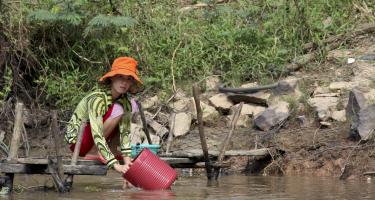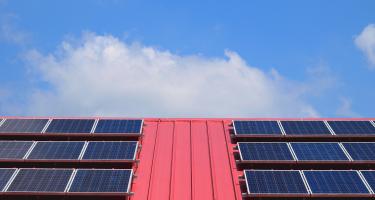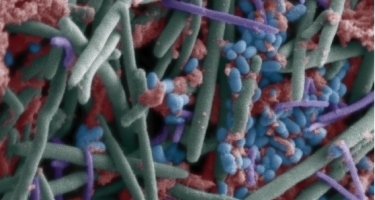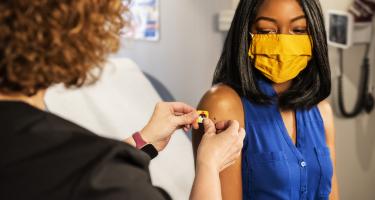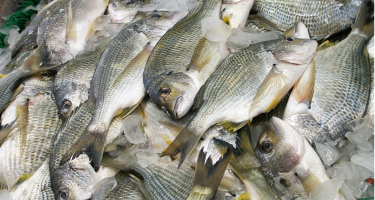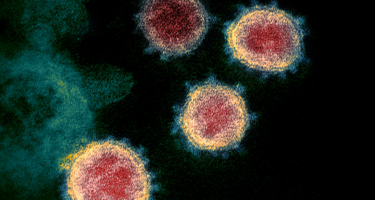
Artificial intelligence is getting chatty, but still hasn’t perfected the gift of gab
It’s one thing to be able to talk; but it’s another to converse. And artificial intelligence (AI) has yet to check off the latter. Even with tremendous progress over the last years, the technology still hasn’t achieved the level of naturalness that would make you want to trade your best friend or favorite coworker for a smart virtual assistant.
